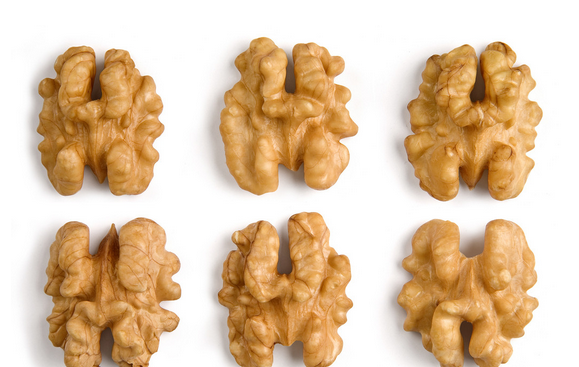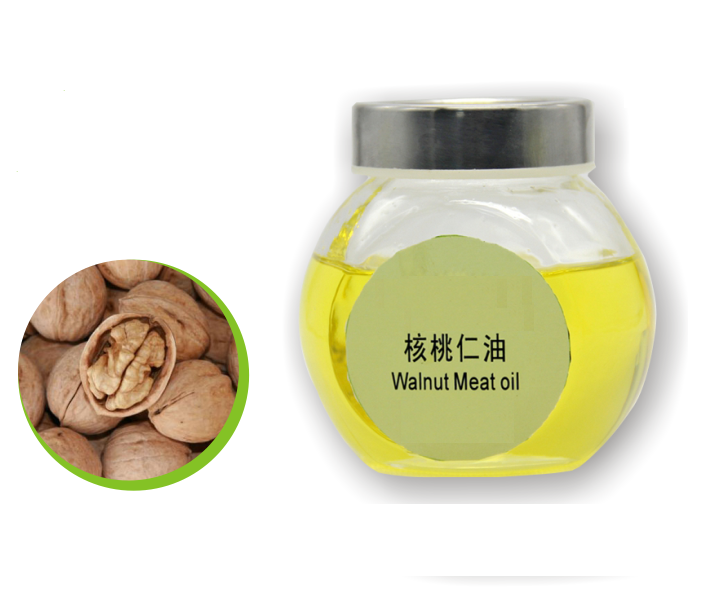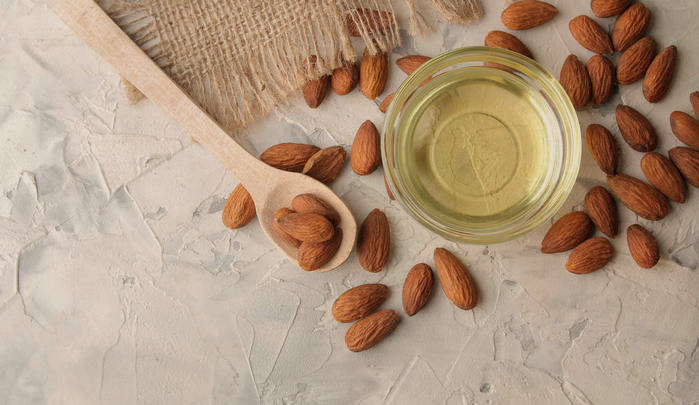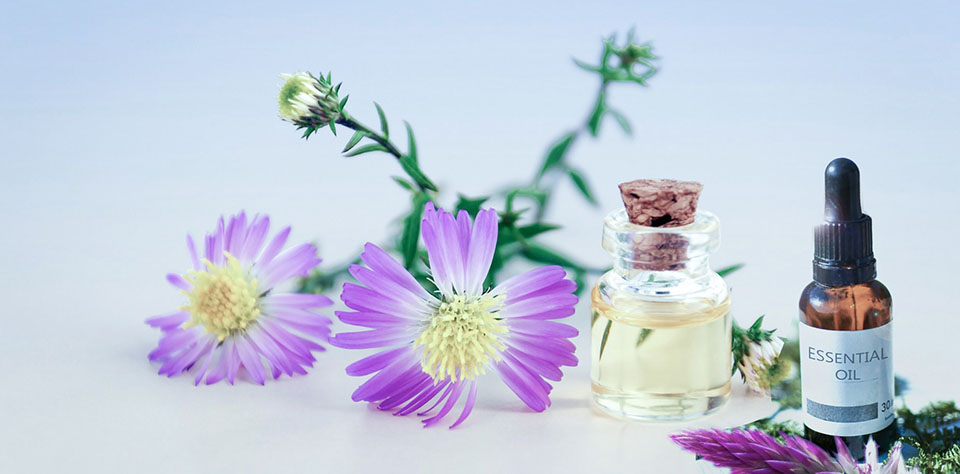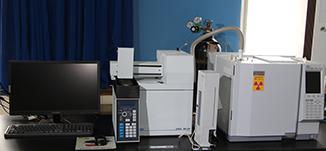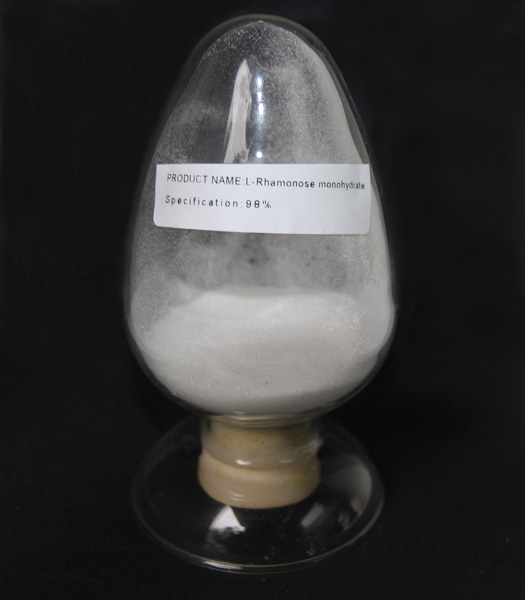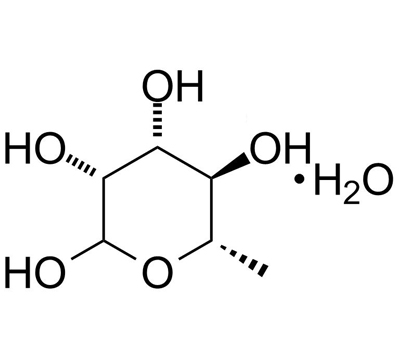Matrine
Matrine is an alkaloid produced by extracting dried roots, plants and fruits of the leguminous plant Sophora flavescens by an organic solvent such as ethanol. The total alkaloids of Sophora flavescens L. is a general term for all alkaloids of Sophora flavescens. The main component of Sophora flavescens is titration. The main components are matrine, sophoridine, oxidized saponin, sophoridine and other alkaloids. The content of matrine and oxymatrine is the highest. Other sources are the bitter bean fruit, the root of the bean root and the root of the bean, and the pure appearance is white to white powder.
Use of matrine
Clinical medicine
1. Diuretic effect Sophora flavescens as a medicinal plant has been recorded in China for more than 2,000 years. Its main functions include heat-clearing, diuretic, insecticidal and phlegm-reducing effects, as well as anti-virus, anti-tumor and anti-allergy. And so on.
2. anti-pathogen effect Decoction in the test tube, high concentration (1:100) inhibition of Mycobacterium tuberculosis. Decoction (8%) decoction has different degrees of inhibition on some common skin fungi in vitro.
3. other effects Matrine injection in rabbits: found central nervous system paralysis, the same sputum, and eventually died by breathing. Injection into the frog: initial excitement, followed by paralysis, breathing becomes slow and irregular, and finally paralysis occurs, so that the breath stops and dies. The onset of seizures is due to spinal cord reflexes.
4. Anti-B and C virus effects of oxymatrine base Oxymatrine base has strong antiviral activity against HBV in vitro and in animal models, and also has anti-HBV effect in human body. There have been many reports on the treatment of chronic viral hepatitis.
Agricultural applications
The matrine pesticide used in agriculture actually refers to all the substances extracted from Sophora flavescens, called Sophora flavescens extract or Sophora flavescens. It is widely used in agriculture and has good control effect. It is a low-toxic, low-residue and environmentally-friendly pesticide. It mainly controls various pests such as pine caterpillars, tea caterpillars and cabbage caterpillars. It has many functions such as insecticidal activity, bactericidal activity, and regulation of plant growth function.
The Characteristics of Matrine As A Biological Pesticide
First, matrine is a plant-derived pesticide that has specific and natural characteristics and only acts on specific organisms. It can be rapidly decomposed in nature, and the final product is carbon dioxide and water. Secondly, matrine is an endogenous chemical substance that is active against harmful organisms. The components are not single, but the combination of multiple groups with similar chemical structures and different chemical structures are complementary to each other and play a role together. Third, matrine, because of the combination of various chemical substances, makes it difficult to cause harmful substances to develop resistance and can be used for a long time. Fourth, the corresponding pests will not be directly poisoned, but the control of the pest population will not seriously affect the production and reproduction of the plant population. This mechanism and the principle of pest control in the integrated control system after decades of research on the protective side effects of chemical pesticides are very similar. In summary, it can be explained that matrine is obviously different from general high-toxic and high-residue chemical pesticides, and it is very green and environmentally friendly.
Chemical Composition
Foreign countries began research in the Soviet Union in the early 1930s. Domestically began in 1972. The focus of research at home and abroad was on alkaloids. The alkaloids extracted, isolated and identified from domestic ginseng plants mainly include Oxymatrine (C15H24N2O2), Matrine. (C15H24N2O), Iosmatrine (C15H24N2O), Sophor-anol, Sophocarpine (C15H22N2O), N-oxysophocarpine (C15H22N2O2), Sophoridine (C15H24N2O), Aloperine, Sparteine, N-methylcytisine, Anagyrine, Bap-iifoline, Sophocarpine, D-Matrine, D-isomatrine, D-Oxymatrine, l-Anagyrine, l-Methyleytisine, Baptifoline, Kurarid-in, Sophoranol (C15H24N2O2), Sophoranhol N-oxide (C15H24N2O3), N-methylcytisine (C12H16N2O) and other alkaloids.
Flavonoids: The flavonoids contained in Sophora flavescens are mostly dihydroflavones and dihydroflavonols, as well as flavonoids, isoflavones, chalcone, etc. The flavonoids isolated from total flavonoids are shown in the following table: Norkurarinone (C25H28O6 ), Kuraridinol, Kurarinol, Neo-kurarinol), Norkurarinol, Isokurarinon (C26H30O6); Maackiain (C16H12O5); 4-methoxy-maackiain (C17H14O6); Trifolirhizin (C22H22O10); Nor-anhydroicaritin (C20H18O6); Sophoraflavanone B (C20H20O5); Formoronetin (C16H12O4); Xanthohumol, Isoxanthohunol, 3, 4'5-Tri-7-Meth-8-prenylkeamferol, and the like. Stems and leaves contain Luteolin-7-glucoside.
Fatty acids and volatile oils: 20 fatty acids have been identified from Sophora flavescens, mainly unsaturated fatty acids, which account for 72.79% of the total fatty acids, of which the relative content of linoleic acid is 48.95%, and the volatile oil of Sophora flavescens has identified 47 Ingredients.
The Use & Function of Sophora Flavescens
Western use of Sophora flavescens: The original plant and hot water extract of Sophora plants have been used in Western applications for 25 years. The sophora alkaloid extract, which originally contained 20% oxymatrine and matrine, was introduced into the Western market by the Institute of Pharmaceutical Sciences, in the form of oxidized matrine tablets in tablet form under the name Oxymatrine, which was launched in 1998. Its use has no side effects. In China, matrine alkaloids are usually in the form of injections, but this method is not accepted in the West, but in oral form. After oral administration, most of the oxymatrine is converted to matrine; and if a high blood concentration of oxymatrine is required, it must rely on injection. However, whether the efficacy of oxymatrine in clinical trials is better than matrine is not known. Chinese researchers also use the bitter alkaloids in tablets, which seems to be similar to injections. Sophora flavescens can also be used as a traditional Chinese medicine decoction.
Sophora flavescens contains a large amount of alkaloids, the highest content of which is matrine and oxymatrine, which accounts for 2% of the total weight of the roots of Sophora flavescens (most of which are in the form of oxymatrine). There are also other similar alkaloids: mainly Sophocarpine (C15H22N2O), and a small amount of other alkaloids such as Sophoranol, Sophoramine, Sophoridine, Iosmatrine. These ingredients were originally discovered from Sophora flavescens from 1958 to 1978.
Pharmacological action
1.Diuretic effect:
Kushen decoction: oral administration of matrine to rabbits can produce diuretic effect, and there is an increase in salt excretion before the increase in urine volume. However, the number of rabbits used in the experiment was small, and the situation of drinking water control was not described. Therefore, some people think that further research is needed.
2. Anti-pathogenic effects:
Decoction in the test tube, high concentration (1:100) has an inhibitory effect on Mycobacterium tuberculosis. Decoction (8%), decoction has different degrees of inhibition on some common skin fungi in vitro.
3. Other effects:
Matrine was injected into rabbits and found to be central nervous paralysis, with the same sputum, and eventually died by respiratory arrest. Injected into the frog, the initial excitement, followed by paralysis, the breathing becomes slow and irregular, and finally the paralysis occurs, so that the breathing stops and dies; the seizures are caused by spinal cord reflexes. The minimum lethal dose to rabbits is 0.4 g / kg.
4. Anti-beta and hepatitis C virus effects of oxymatrine base:
Oxymatrine base has been shown to have potent antiviral activity against HBV in vitro and in animal models, and also has anti-HBV effects in humans, and many reports have been reported for the treatment of chronic viral hepatitis.
Various preparations of oxymatrine can improve the liver function of patients with chronic hepatitis B, improve the negative conversion rate of HBeAg and HBV DNA, and have a long-lasting effect after stopping the drug.
In addition to anti-HBV effects, oxymatrine has recently shown that it also has an inhibitory effect on HCV.
The results of clinical trials in China: 17 patients with chronic HCV infection were treated with oxymatrine once a day and 600 mg intramuscularly. After treatment, serum HBV DN A was negative in 8 cases (47.1%). In the control group, serum HBV DN A was negative in 1 patient (5.6%). There was a significant difference between the two groups. The serum ALT recurrence rate at the end of the first and second months after treatment in the oxymatrine treatment group was higher than that of the control group. The results showed that oxymatrine had the effect of inhibiting the proliferation of HCV, and its HBV DN A turned negative. The rate is close to foreign recombination of a-2b interferon. Therefore, oxymatrine is expected to become one of the effective means of anti-HCV.
It is speculated that the mechanism of action of oxymatrine against HBV and HCV may be:
1) Oxymatrine induces the production of a substance (such as interferon and other cytokines) in the cell, thereby enhancing the degradation of HBV and HCV gene products;
2) The chemical structure of oxymatrine is similar to that of strontium, and its mechanism of interfering with HBV and HCV in cells or in vivo remains to be further studied.
5. Anti-liver fiber effect Against Liver Fibrosis
Oxymatrine can inhibit collagen activity and prevent liver fibrosis
Clinical trial results in China: Carbon tetrachloride (CCL4) was used to induce chronic liver injury in rats. At the same time, Oxy control was used, and serum alanine transferase (ALT) and type IV collagen (IV-C) were observed dynamically. , hyaluronic acid (HA), tumor necrosis factor (TNF-α) levels and liver histopathological changes, analysis of intrahepatic fibrous tissue proliferation by computer image analysis system, the results showed that Oxy treatment group serum ALT, IV- The levels of C, HA, TNF-α and inflammatory activity in liver tissue and the degree of fibroplasia were lower than those in the model group, and the high-dose treatment group was lower than the low-dose treatment group, indicating that Oxy has reduced liver inflammation activity and inhibited liver. Internal collagen synthesis and anti-fibrosis.
The results of clinical trials in China: using NIH3T3 fibroblasts as target cells, using MTT assay, Northern blot hybridization and immunocytochemistry techniques, it was found that when the Oxy concentration was greater than 62.5 ug/ml, the fibroblast proliferation activity was significantly inhibited. In a dose-dependent manner, the suppressed cells are small in size, low in cytoplasm, mostly fusiform or round, with small nuclei and few cells in the mitotic phase. Oxy can significantly inhibit the expression of type III procollagen mRNA and transforming growth factor (TGF-β1) in fibroblasts, suggesting that the above findings may be one of the mechanisms by which Oxy inhibits liver fibrosis.
6. Regulation of the immune system
There are different reports on the effects of oxymatrine on immune function. It is generally considered to be a two-way immunomodulator that stimulates lymphocyte proliferation at low concentrations and inhibits it at high concentrations. But in general, it is mainly based on immunosuppression.
Clinical trials have shown that oxymatrine has an inhibitory effect on the proliferation of vascular endothelial cells induced by lung cancer and gastric cancer cells, indicating that oxymatrine may be a therapeutic drug for the prevention and treatment of tumor metastasis.
7. Anti-allergic and anti-inflammatory effects of oxymatrine:
Oxymatrine has anti-allergic and anti-inflammatory effects: it can regulate immunity and raise white blood cells. In recent years, it has been found that Oxy and matrine Mat have anti-allergic effects, can inhibit the release of inflammatory mediators, regulate the release of histamine from mouse and rat peritoneal mast cells, and effectively inhibit IgE cross-linking and histamine, leukotrienes, etc. The medium is released and has a stable cell membrane effect. It is also reported that Oxy 100 mg·kg-1 can increase the content of cytochrome P450 in liver microsomes, activate adenylate cyclase on the cell membrane, thereby increase intracellular cAMP levels, and produce Oxy 100 mg/kg in rats. A strong choleretic effect, which may be related to elevated intracellular calcium levels. The effect of Oxy on the proliferation of immune system cells is closely related to the state of the cells. Elevating white blood cells and inhibiting autoimmunity can be applied to the treatment of autoimmune hepatitis and leukopenia and thrombocytopenia.
8. Application of matrine in agriculture:
Matrine is made from the root, stem and leaf of the Chinese herbal medicine Sophora flavescens. It is extracted from organic solvents such as ethanol. It is an alkaloid, generally a total alkaloid of Sophora flavescens. The main components are matrine, oxymatrine and hazelnut. Alkali, oxidized saponin, sophoridine, etc., the highest content of matrine and oxymatrine. Matrine is a natural plant pesticide. Once the pest touches the drug, it is the nerve center of the paralysis, which in turn causes the protein of the worm to coagulate, block the stomata of the worm, and cause the insect to suffocate and die. This product is low-toxic to humans and animals, and is a broad-spectrum insecticide. Agent, with stomach poisoning and contact killing effect. In line with the sustainable development of agriculture, the domestic matrine preparation has 0.3% matrine water, 0.8% matrine lactone, 1% matrine solution, 1.1% matrine solution, 1.1% matrine Powders, etc., these botanical sources have been applied to control some pests such as vegetables, fruit trees, tea, tobacco and other crops to achieve good control.
It has ideal control effect on vegetable sucking mouth insect insect aphid, lepidopteran cabbage caterpillar, tea caterpillar, diamondback moth, tea green leafhopper and whitefly. In addition, it has good control effect on vegetable downy mildew, blight, and anthracnose. It is worth paying attention to development.
Main pests
1. Forest leaf-eating pests such as various pine caterpillars, poplars, and white storks are uniformly sprayed with 1% matrine soluble liquid 1000-1500 times in the 2-3 instar larvae.
2. Tea caterpillars, jujube butterfly, gold-grained moths and other fruit tree leaf-feeding pests are evenly sprayed with 1% matrine soluble liquid agent 800-1200 times.
3. Pieris rapae: About 7 days after the peak of adult spawning, the larvae are controlled at 2-3 years old, using 0.3% matrine water 500-700 ml per acre and 40-50 kg of water for spraying. This product has a good effect on young larvae and is less sensitive to 4-5 instar larvae.
Precautions It is strictly forbidden to mix with alkaline drugs. This product has poor quick-acting effect. It should be well predicted and forecasted by insects in the low-age period.
Send product request
Other supplier products
| Walnut oil, Walnut meat, Ginkgo Biloba Extract, Walnut protein Peptide, Walnut Protein | ||
| Walnut Meat | Walnut kernel is the flesh in the walnut kernel, also known as walnut kernel and walnut meat.Walnut is one of the most nutritious nut family member... | |
| Walnut Oil | Walnut oil content is as high as 65% to 70%, ranking first among all woody oils, and has the reputation of “tree oil depot”. Using mode... | |
| Total Matrines | Total alkaloids of Sophora flavescens L., extracted from Sophora flavescens, slightly odorous, very bitter taste; It is very soluble in ethanol, ... | |
| Oxymatrine | Oxymatrine has been used for the injection of oxymatrine, oxymatrine, and Fikangante. This product is a mixed base of Oxymatrine with a very small ... |
Same products
| 100% Pure organic sweet almond oil manufactures for sale | Seller: Shaanxi Guanghui Chunlin Agricultural Development Co., Ltd. | Introduction of almond oil: Pure almond oil is one of nature’s best moisturizers. Our al... | |
| PRODUCTS | Seller: Chengdu Kindarco Biotech Co., Ltd | Sophora japonica flowerextract can be used to treat chronic bronchitis, which has anti-inflammato... | |
| Rutin CAS No.153-18-4 | Seller: Chengdu Kindarco Biotech Co., Ltd | Product name Rutin Trihydrate Rutin Herbal Source Sophora Japonica L. ... | |
| Phloretin CAS NO.60-82-2 | Seller: Chengdu Kindarco Biotech Co., Ltd | The phloretin definitionis that phloretin is planted phenolic of dihydrochalcone with the appeara... | |
| Naringenin CAS No.480-41-1 | Seller: Chengdu Kindarco Biotech Co., Ltd | Product name Naringenin Herbal Source Citrus Grandis CAS NO ... |










